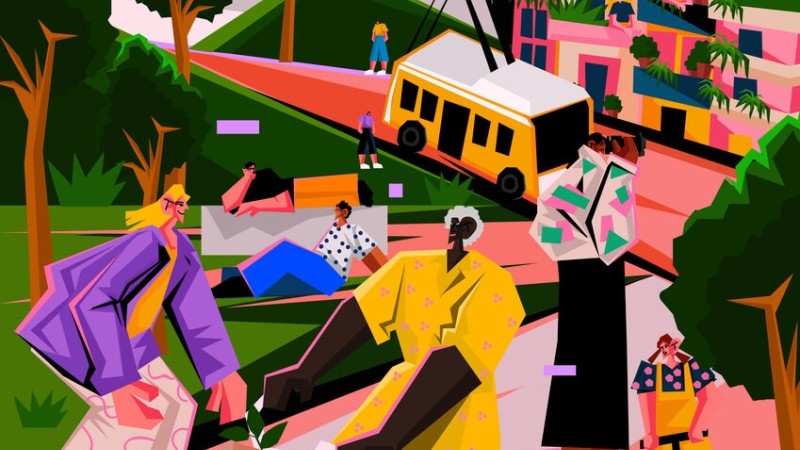The Ciutat Vella district is located in the heart of Barcelona and encapsulates the city’s history. The area was constricted by mediaeval walls until 1859 when Cerdà’s Expansion Plan opened it up.
The focus of this challenge is to identify passages or hidden walkways and aim to transform them into active spaces, lively both day and night. ‘Passages’ are defined as narrow corridors between two streets that often have a strong commercial character. ‘Covered walkways are the result of buildings being constructed above the street, meaning that streets have become ‘enclosed’.
Most of the passages in the district are located in the Raval neighbourhood, the ‘new-old’ town, previously outside the city walls before Cerdà’s Expansion Plan. For this reason, the city’s first factory houses were built here, and thus, various passages such as Calle Tallers were created. In Ciutat Vella, there are several types of passages: some are inaccessible, others used by businesses (such as the Pasaje del Crédito or the Pasaje del Reloj in the Gothic Quarter), created around factories, or used for trade.
Nowadays, many of these passages, despite being in the city centre, have become residual public spaces. This has resulted in them becoming inaccessible, unclean, abandoned corners of the city that can be unsafe at night.
There is no specific site, as the aim of this challenge is for students to choose the areas of intervention. However, research should be carried out in the Gothic, Sant Pere and Raval neighbourhoods. Activating these spaces will address the lack of public space, creating innovative solutions for this highly dense area. Design interventions should seek to maintain the historical past of the Ciutat Vella, but modernise it to the current reality of urban living.

Approx. site area
Study area: Raval, Gòtic and Sant Pere, Santa Caterina i la Ribera neighbourhoods.
Intervention spaces: Passages, walkways or corners selected by students.
Key Information
Population: 85,446 inhabitants; compared to 1.628 million inhabitants in Barcelona
Density: 38,080 people/km2 (380.80 people/ha)., compared to 16,339 people/km2 ( 163.39 people/ha) in Barcelona.
Average income per person: €11,792.5 compared to €18,356 average in Barcelona.
Social diversity: 54% foreign population; compared to 13.8% average in Barcelona.
Priority areas & main expectations
In their proposals, teams should focus on the following objectives:
Activate these spaces by improving their visibility and connection.
Create healthy and safe public spaces that improve energy efficiency and allow air to circulate more easily between buildings,
Maintain the historical past of the Ciutat Vella.
Seek new solutions to integrate green and sustainable spaces.







